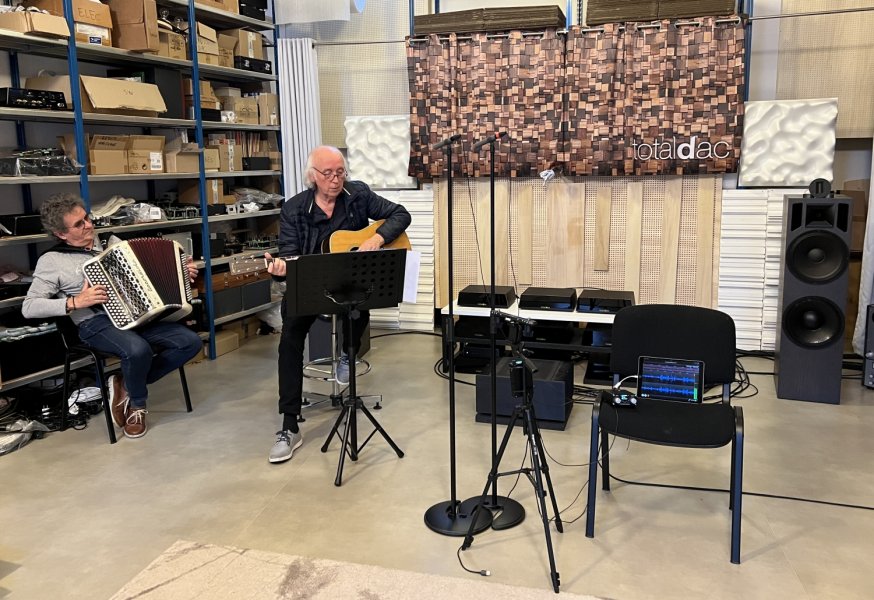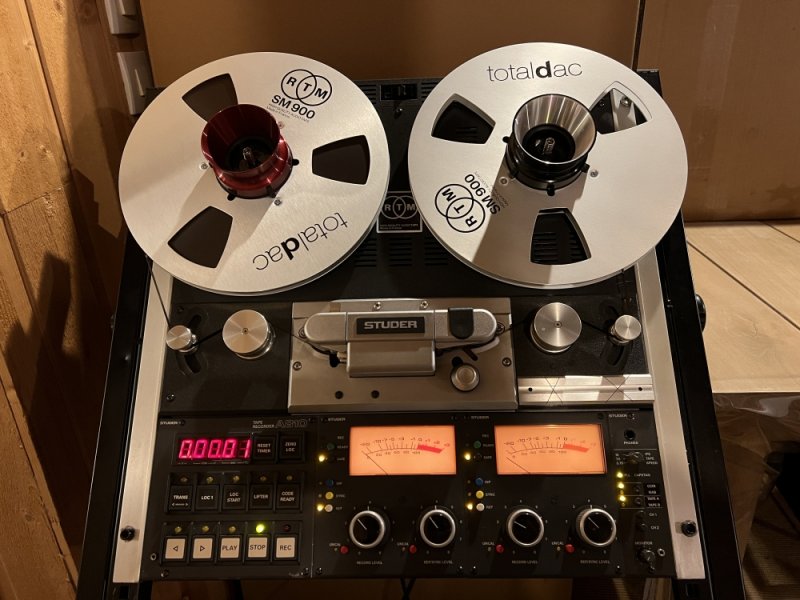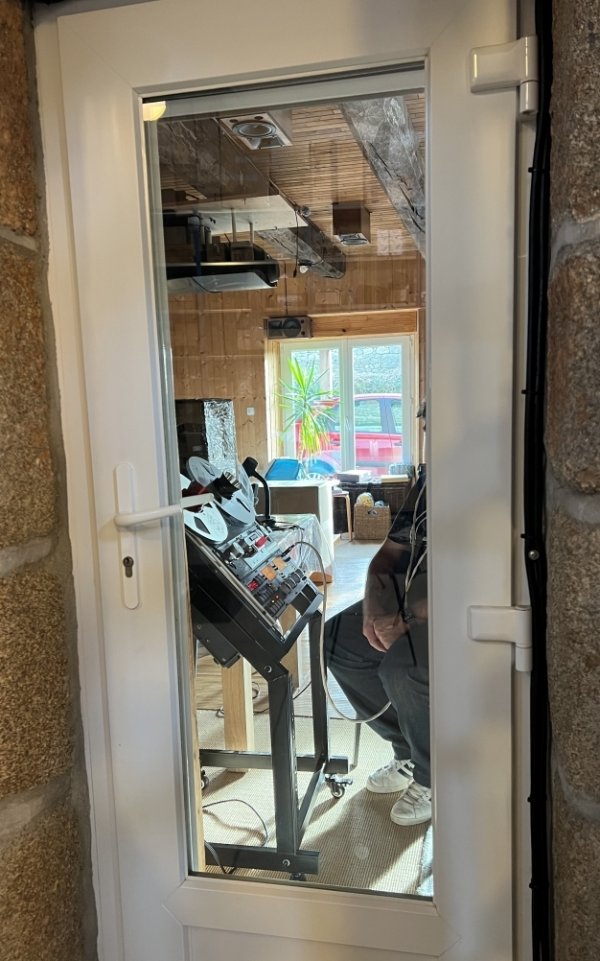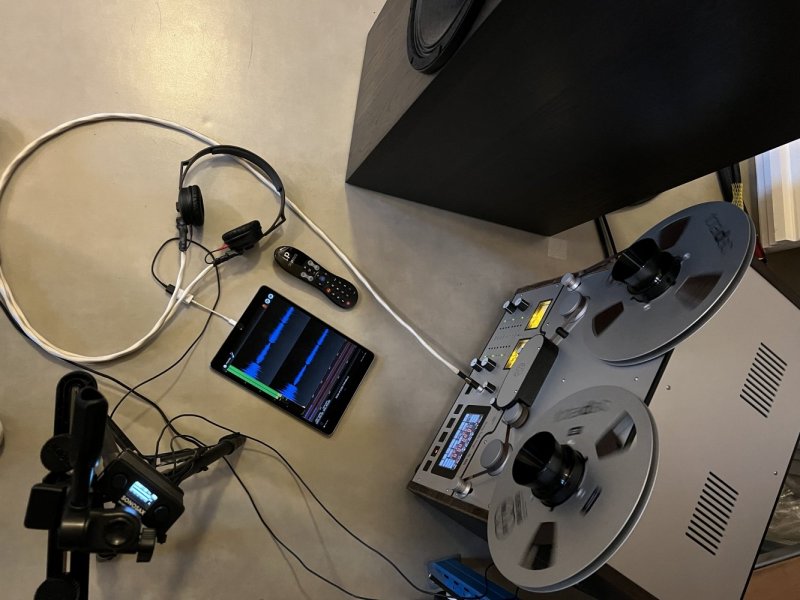Hello,
I installed the d1-triunity this week (upgrade from my d1-direct bought in 2018) the result is much higher than my expectations.
The d1-triunity has all the qualities of the d1-direct with more velocity, dynamics, vocals and instruments are more separated, this gives an exceptional soundstage in my own experience...
The d1-triunity improves everything we could hope for vs the d1-direct in a single box from my point of view.
I recommend it without a doubt
Congratulations Vincent "c'est un coup de maître"
I installed the d1-triunity this week (upgrade from my d1-direct bought in 2018) the result is much higher than my expectations.
The d1-triunity has all the qualities of the d1-direct with more velocity, dynamics, vocals and instruments are more separated, this gives an exceptional soundstage in my own experience...
The d1-triunity improves everything we could hope for vs the d1-direct in a single box from my point of view.
I recommend it without a doubt
Congratulations Vincent "c'est un coup de maître"













